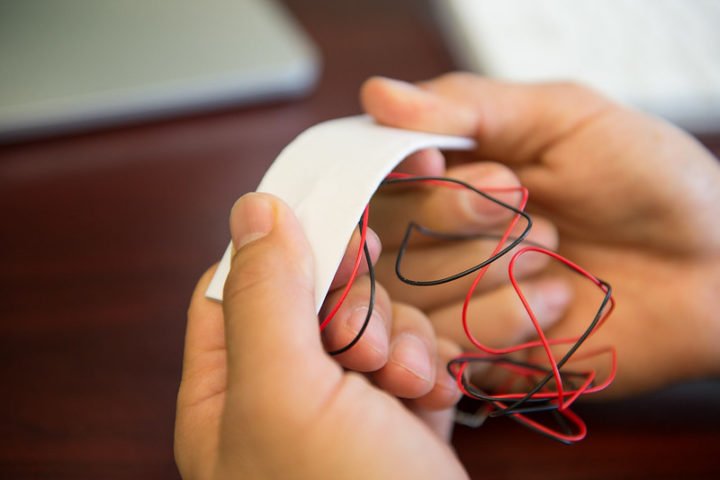Cell phones, diesel fuel injectors, acoustic guitar pickups, grill igniters, ultrasonic transducers, vibration sensors, some printers, and musical greeting cards all have something in common. And that is: all of these applications, aside from being electronic devices, make use of piezoelectricity in some way.
If you are not aware of what Piezoelectricity actually is, then don’t worry, we have the answer. As per the definition on Wikipedia, Piezoelectricity is the electric charge that builds up in certain solid materials, such as crystals and ceramics, as well as biological matter like bone, DNA, and different proteins, in reaction to mechanical stress. The term piezoelectricity refers to the generation of electricity from pressure and latent heat. It comes from the Greek words piezein, which means squeeze or press, and lektron, which refers to amber, an early source of electric charge.
When a crystal is struck by a mechanical force, it can produce an electrical charge. This is a true physical phenomenon and although not all crystals are capable of this feat, those with a narrow range of chemical compositions are frequently employed in practice to generate electrical voltage without the usage of an external power source. From simple gas lighters and buzzers to more complicated devices such as microphones, amplifiers, ultrasonic transducers, actuators, medical imaging equipment, and even self-powered implants, piezoelectricity is used in a wide range of products. This video by YouTuber Steve Mould explains the phenomenon in detail.
It is also worth noting here that the piezoelectric effect is probably best known for its use as a high-voltage power source in electric cigarette lighters and gas grills. In some circumstances, a hammer impacts a piece of piezo material, which generates enough current to ignite the combustible gas present. Other types of energy, such as sound waves — including ultrasound — are often used to replace the hammer as an exciter of the piezo material in other applications, such as sensors.
Piezo materials, when used as sensors, can detect even the tiniest disturbances and irregularities, making them suitable instruments for industrial non-destructive testing and medical imaging.
Piezoelectric motors can also execute highly precise and repeatable movements in other situations. Because of this, they’re ideal for precise motions of sensitive optical instruments like telescopes and microscopes.

